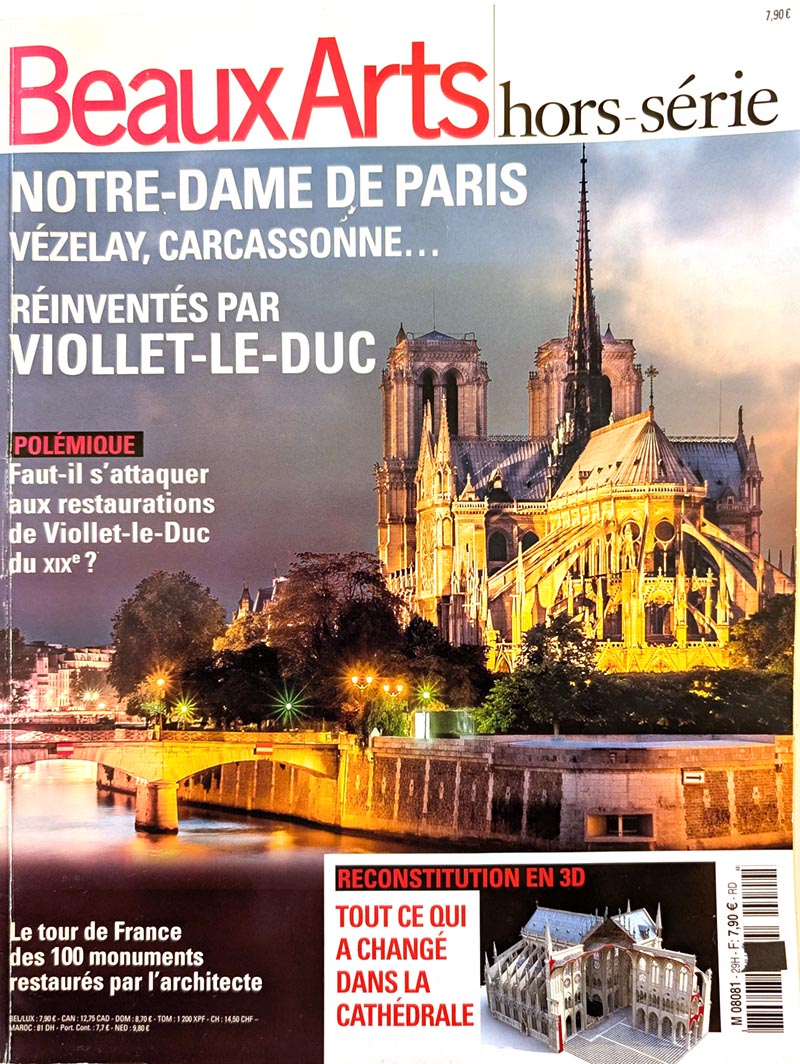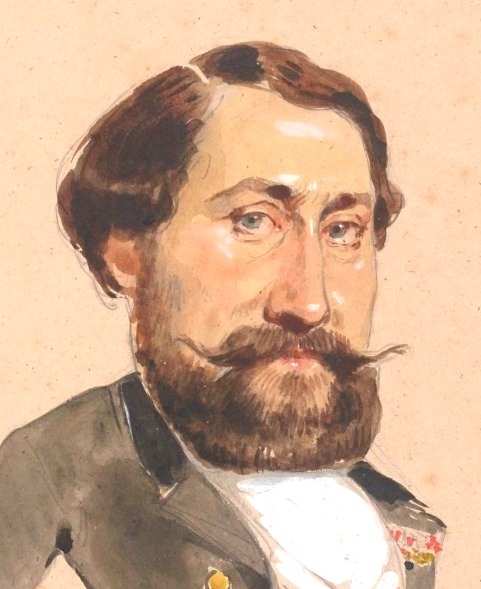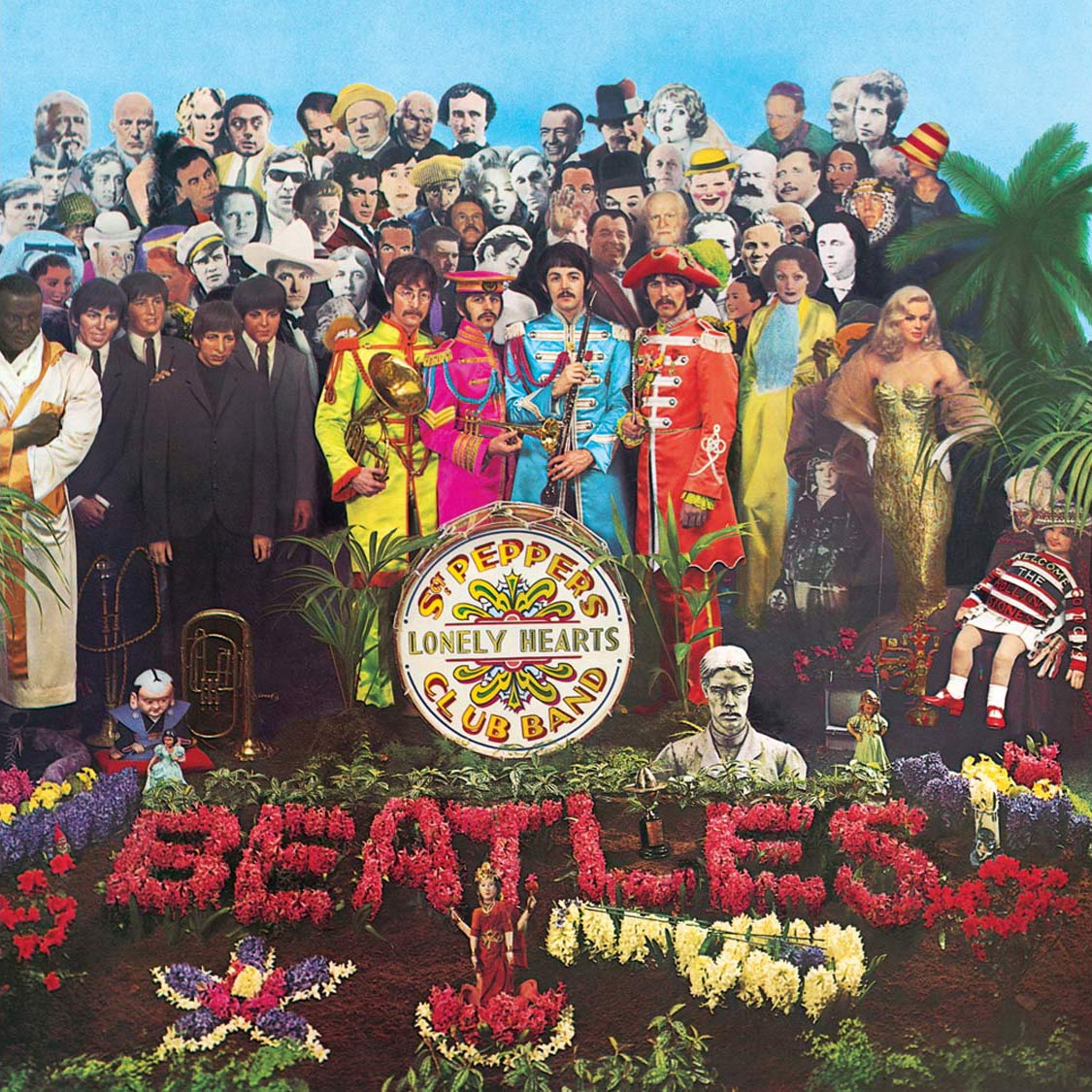| ENGLISH | FRANÇAIS |
Soirée au Louvre Research Project
Update: December 3, 2025
Overview and Guide
This website presents the findings of a study I conducted in the past ten years on Une Soirée au Louvre chez le comte de Nieuwerkerke, a painting by François-Auguste Biard from 1855, like a Facebook page from 170 years ago.
Clicking or tapping on the image above, or outside this window, will take you to the interactive page.
On a PC with a mouse: Hover over a face to reveal the person's name. Clicking on the face (or the corresponding number) opens a one-page profile. Clicking outside the profile, on the top-left image, or on the link below the image will return you to Une Soirée au Louvre. Clicking the large chandelier brings you back to this home page.
On a tablet or smartphone: A brief tap reveals a person’s name; a longer tap opens the profile page. To return to Une Soirée au Louvre, tap outside the profile page, on the top-left image, or on the link beneath it. Tapping the large chandelier returns you to this home page.
All eighty persons in the painting have their own profile. Using a selection option, I have added profiles for fourteen persons that may or may not have been depicted or (with one exception) should have been included. In December, I will complete this ten year project by adding the profile for the person whose explicit absence haunts the composition and history of Une Soirée since 1855.
Some suggestions:
Lamballe01 - Franceschini04b - Pradier03 - Haussmann07 - Giraud11 - Alard15 - de Nieuwerkerke16 - Coquereau24 - Gerard32 - Biard36 - Viollet-le-Duc40a - Ingres39 - Viel-Castel43 - de Morny48 - Regnault/Liszt50 - Merimee54 - Lassus62 - de Saulcy69 - Ponsard/Gounod70 - Villot72 - Regnier77 - Flandrin79
The index page contains a numeric and an alphabetic list, with links.
How the Soirée au Louvre Project Started

In February 2015, I visited a Viollet-le-Duc exhibition at the Cité de L'Architecture museum in Paris. Architect Viollet-le-Duc was among the first to provide insights into medieval architecture. His extensive volume, Encyclopédie Médiévale, has been a key reference for me in medieval restorations.
At the exhibition, I purchased a special issue of Beaux Arts Magazine dedicated to Viollet-le-Duc (no longer available). It featured an image of Une Soirée au Louvre chez le comte de Nieuwerkerke, depicting a gathering of influential figures at the Louvre. To my surprise, I recognized composer Franz Liszt50b seated among them.
Having previously researched Liszt and his romance with Caroline de Saint-Cricq during a sabbatical project (see saintcricq.com), I was certain of his presence in the painting. In his time, Liszt was a celebrated figure, well-connected with Parisian elites.
His name was absent from the list of thirty figures included in the Beaux Arts journal, so I contacted the Château de Compiègne, which houses the painting, to verify. The museum provided me with a research document authored in 2000, which confirmed the names listed in Beaux Arts —but Liszt was not among them.
Discovering a new painting that featured Liszt excited me. Familiar not only with Liszt but also many of his artistic, musical, and political acquaintances, I volunteered to investigate further to identify additional figures. Using high-resolution images generously provided by the Château de Compiègne, I counted a total of eighty faces, including several partial or blurred ones.
Identifying all of them would be an arduous task, yet recognizing even a few dozen more would be a deeply rewarding experience. Coincidentally, Soirée au Louvre had been completed 100 years before my birth, making this research a particularly meaningful endeavor.
Count de Nieuwerkerke, his Salon at the Louvre, and Biard's Painting

Count Émilien de Nieuwerkerke16 was a French sculptor of Dutch descent —his grandfather, Willem van Nieuwkerk, was an illegitimate son of a Prince of Orange. Ambitious, handsome (le beau Batave), and refined, he became the lover of Princess Mathilde Bonaparte, a powerful cousin of Emperor Napoleon III.
In return for his support of Napoleon’s coup in December 1851, he was appointed head of fine arts within the imperial household, giving him full authority over the Louvre, Luxembourg, Versailles, Saint-Germain-en-Laye, and all imperial art collections.
From his apartment in the Louvre, he hosted a prestigious weekly Friday-evening salon (vendredi-soirée) where politicians, painters, composers, writers, ambassadors, nobility, and other elites gathered.
These evenings provided a space for lectures and musical performances, enabling guests to connect with one another and key museum personnel. The salon strengthened a network of influential figures who played decisive roles in art acquisitions and the shaping of Paris, France, and beyond.
Recognizing the significance of these gatherings, he commissioned François-Auguste Biard36 to create a monumental painting in the style of François-Joseph Heim28b, inviting select guests to pose at Biard’s atelier in Place Vendôme. Over three years, Biard meticulously composed the painting, which measures 233 x 168 cm, completing it in time for its presentation at the Paris Salon in the spring of 1855.
Through extensive research in periodicals, gossip publications, books, and personal diaries, I uncovered evidence that the painting underwent significant modifications in 1854. One figure was removed and replaced, a revision I hope future infrared imaging or optical analysis will confirm. More details on my research can be found on the Analysis & Reference page.
At the Salon of 1855, critics were unimpressed. One remarked:
"Haunted by the memory of Heim, the artist sought to recreate the latter’s Distribution of Awards and, alas, failed. All these men in evening dress, crowded together in solemn, artificial poses, are utterly devoid of life."
The fact that de Nieuwerkerke never publicly expressed appreciation for the painting suggests its reception was underwhelming. Before its unveiling, the press speculated that it would be popular in engraved form. The only known engraving was produced by Dayot in 1900.
Despite mixed critiques, Une Soirée au Louvre remains a remarkable document of elite society at its peak during the Second Empire.
I will add more details about Une Soirée, what happened to it, why it ended up at the Château de Compiègne rather than at the Louvre, in a History page later this year.
In keeping with tradition, de Nieuwerkerke also invited his friend, painter Eugène Giraud11, to produce watercolor caricatures of guests during these soirées. Unlike Biard’s formal composition, Giraud’s works offered a lively, humorous portrayal and were well received by critics. He created his caricatures during or after the gatherings, often while a smaller group of guests enjoyed cigars, tea, and conversation in Viel-Castel’s43 Louvre quarters. All of Giraud's caricatures are kept at the Bibliothèque nationale de France (BnF) in Paris.
Unlike Giraud, Biard did not attend these soirées. Apart from spending two years painting de Nieuwerkerke’s salon interiors, he remained at his atelier, waiting for guests to pose for his composition.
Identifying these figures offers a new perspective on the mid-19th century —a time when Paris was modernized, the foundations of industrial society were laid, and Impressionist art and music began to emerge.
Analysis phase (the easy part): 2015–2016

The next step was to create profiles for each person —not merely summarizing Wikipedia entries, but detailing why they were included in the painting and how they related to the broader scene.
This phase proved far more time-consuming than expected; some figures required weeks of dedicated research. With eighty individuals to cover, it became clear that completing the work would take several years. By 2017, I had built a first version of this website, with profiles on 43 characters.
Between 2017 and 2020, professional commitments and other obligations slowed the project to a halt. I revived it in early 2020 and consulted experts at the Louvre regarding de Nieuwerkerke’s apartment and other details. The response was disappointing —historical research now takes a backseat to exhibitions designed to attract new visitors.
My Louvre visit coincided with a Da Vinci exhibition, during which the museum remained open 24 hours a day to accommodate 50,000 daily visitors. My only personal takeaway from the visit was a mild case of Covid-19.
Expansion & Revision Phase: 2024–2025

Other art-related projects delayed my research until late December 2024. During this time, I tested my interactive web software with proof-of-concept applications, including Rembrandt’s Night Watch (which took only one week to develop), my artist-friend Jann Haworth’s iconic designs for The Beatles' Sgt. Pepper's Lonely Hearts Club Band album cover, and her Work In Progress project.
While verifying details on Franz Liszt and other figures in Une Soirée au Louvre, I uncovered two newly digitized press articles from April 2024. A Gazette du Midi article, published on March 12, 1855, listed the names of seventy-four of the eighty individuals depicted in the painting. Most matched the identities I had established in 2015, but about a dozen differed. A second article from Aude Courrier, published on March 14, 1855, listed the same names, with only minor variations.
An exciting discovery!
I resumed my research to assess the credibility of the articles, verify the new names, locate images, and confirm Legion of Honor records. However, a challenging aspect of these provincial publications was that they listed individuals not previously mentioned in any reputable Parisian press accounts. Even when the painting debuted at the Salon de Paris in 1855, no local newspapers referenced these names. Given these inconsistencies, I began to question the reliability of the sources. More details and a full analysis can be found on my Gazette du Midi page.
To my personal disappointment, the articles omitted the two figures who had originally inspired this research in 2015:
- Architect Viollet-le-Duc40a (previously confirmed by institutions such as the Musée de Compiègne and featured in an exclusive Beaux Arts publication).
- Franz Liszt50b, my cherished composer.
Also absent from the lists were:
Revising the Interactive Website
To accommodate these findings and future adjustments, I have revised the structure of my interactive website:
- The main version will feature all names verified through my research. Additionally, I will include individuals whose facial features closely match historical portraits and whose presence is supported by press articles or caricatures by Eugène Giraud.
This approach allows viewers to engage with the many influential aristocratic figures of the Second Empire. The fact that some identities remain unconfirmed does not diminish their historical importance, nor should they be forgotten. Their significance lies not in their inclusion in a painting dismissed by critics as mediocre, but in their contributions to society.
Next Steps
I have completed all profiles of persons in the painting. I will focus the coming weeks to add the profile of one person that isn't in the painting but was essential for its structure and contents. I will also add small profiles for the artworks (A to H) and some enigmatic objects.
My website design and structure (to my surprise still the only one with these capabilities) in combination with my mini-PC and large touch-screen monitor solution is planned for museum visitors of Une Soirée, but can quickly be adapted for other art and is ideal for crowd management at temporary expositions.
In the past months, I have reached out to the Château de Compiègne, the Bibliothèque nationale de France (BnF), the Louvre, and other expert institutions to gather feedback and recommendations, ensuring continued improvements to the site. I am pleased to have received very positive responses from the Louvre and BnF. Despite several efforts, there has been no response from Compiègne.
Check my Antartica Galleries site for details on other art projects.
Target completion of this website is December 2025. Don't hesitate to contact me if you have any suggestions or comments.
© Gert Nieveld, Amsterdam, June 2015 - December 2025
